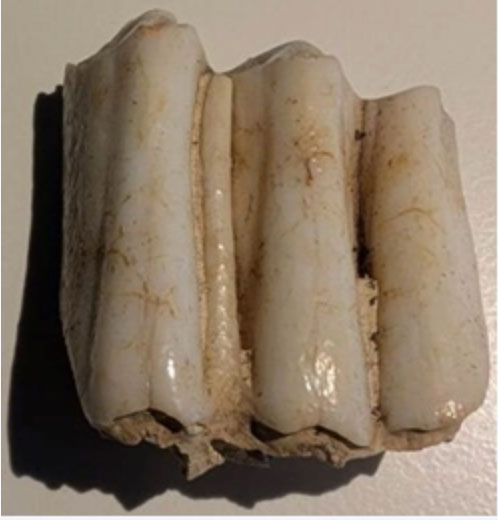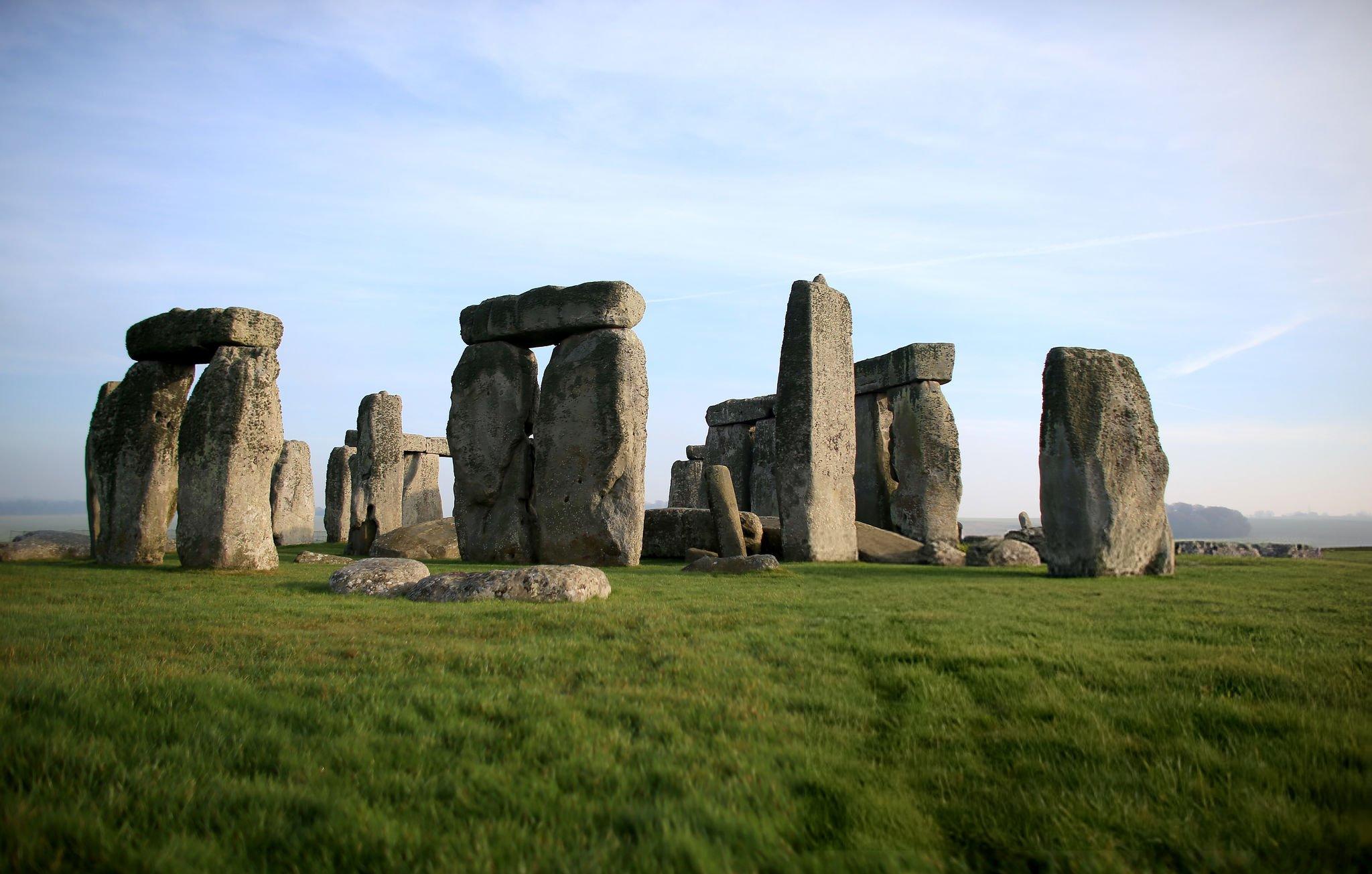A single animal tooth is offering a fresh perspective on one of history’s greatest mysteries: how Stonehenge was built. The discovery suggests that cattle, alongside human labour, may have played an essential role in transporting the monument’s earliest stones more than 5,000 years ago.
The evidence comes from a cow’s jawbone excavated in 1924 near the south entrance of Stonehenge. Recently re-analysed, the jaw contained a molar dating to the first phase of construction, around 2995–2900 BCE. Researchers from the British Geological Survey, Cardiff University, and University College London took a closer look at the tooth, slicing it into nine segments to study six months of growth recorded in enamel.

Each segment revealed isotopes of lead, strontium, carbon, and oxygen, which allowed the team to reconstruct where the cow lived, how it moved with the seasons, and what it ate. carefully reading these traces, scientists pieced together a vivid portrait of the animal’s life just as Stonehenge began to take shape.
Also Read: Rare Hepworth sculpture secured by £3.8m fundraising effort
The isotopic signatures point back to the ancient geology of southwest Wales, the same region where bluestones were quarried. This suggests the cow likely spent its early life there before ending up at Stonehenge. Seasonal signals written into the tooth show woodland fodder in winter and open grasslands in summer, indicating either movement across landscapes or the transport of fodder from different regions.
The enamel also preserved telltale winter-to-spring spikes of remobilised skeletal lead, keeping the Welsh signature intact. Because the molar formed during the animal’s second year, researchers could pinpoint this information to a very specific period of its life, offering unusually precise insight for a prehistoric find.
The link between southwest Wales and Stonehenge has long been established through the bluestones themselves, but this cow’s tooth strengthens the case in an independent way. It suggests more than just stones were brought to Salisbury Plain—animals may have been moved as well, perhaps as part of organised labour. The findings raise a compelling picture of managed cattle or oxen assisting humans in hauling the heavy bluestones roughly 140 miles to Wiltshire.
Such a scenario widens our understanding of the logistics behind the monument’s construction. Teams of workers and animals would have needed rotating schedules, steady supplies of food, and seasonal planning to keep the ambitious operation moving forward during the dawn of Britain’s Neolithic building activity.
Also Read: Anu Malik responds as Amaal Mallik speaks out on family struggles
The study, detailed in peer-reviewed research and institutional reports, emphasises consistent results: a six-month enamel record, geological evidence tying the cow to southwest Wales, and a credible role for cattle in transport. The analysis even revealed the cow was female, likely pregnant or nursing, adding a human dimension to an animal that quietly contributed to one of the world’s most iconic landmarks.




